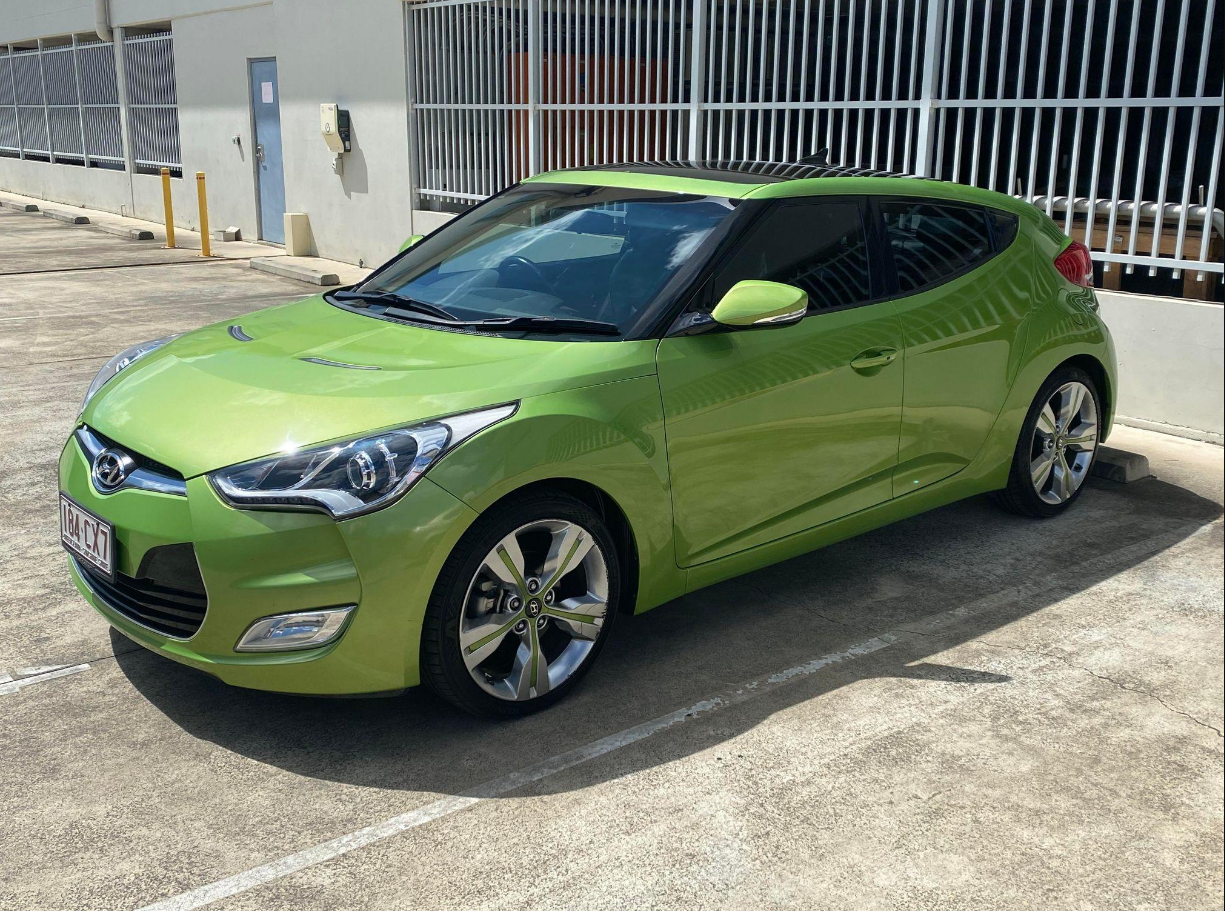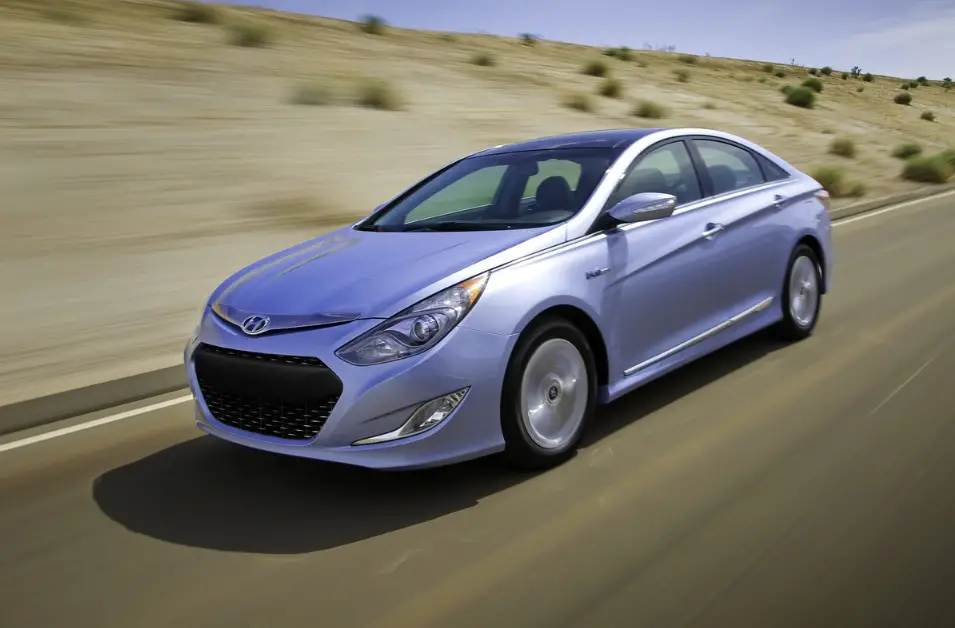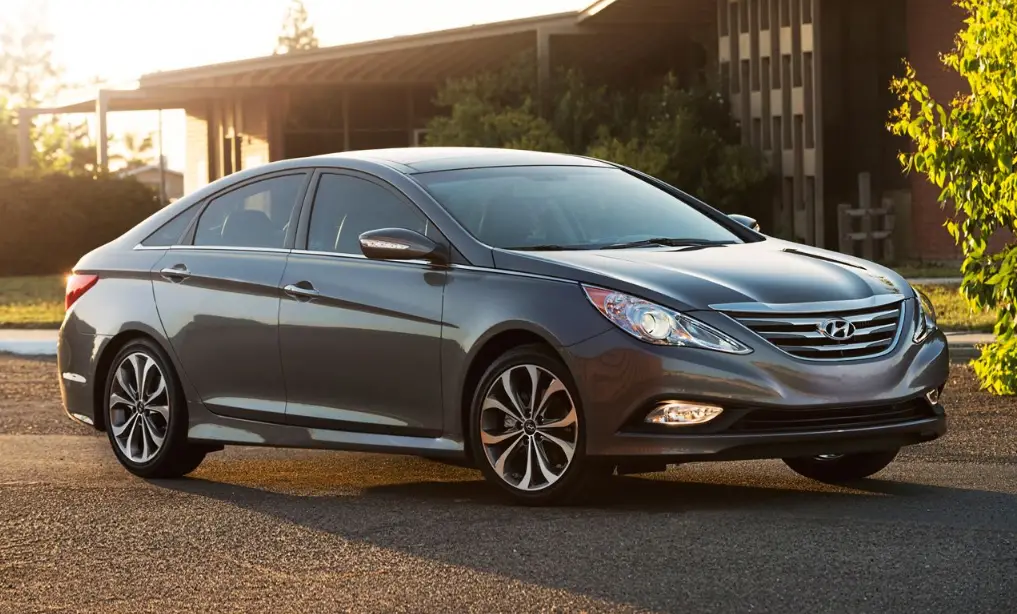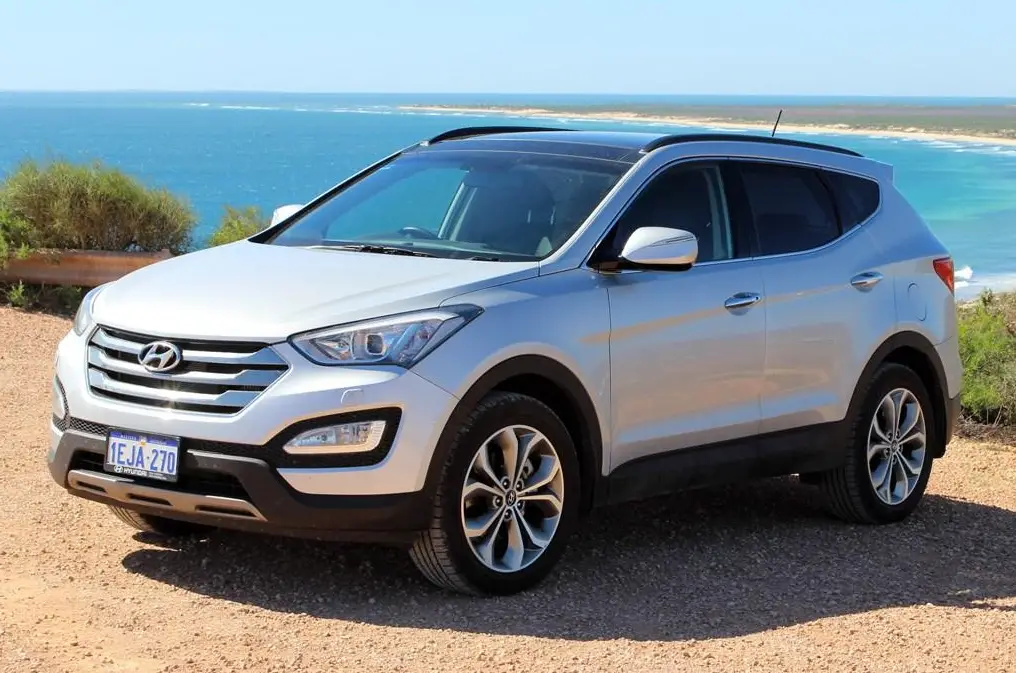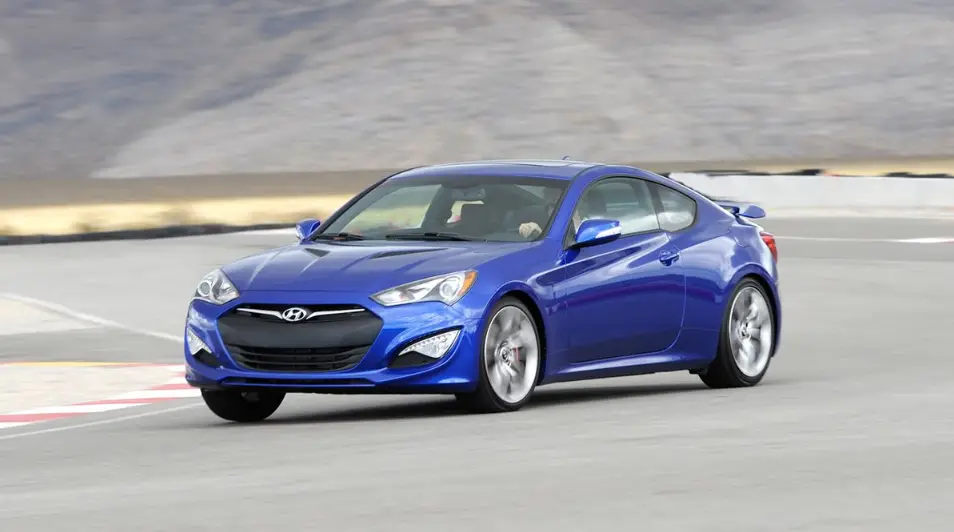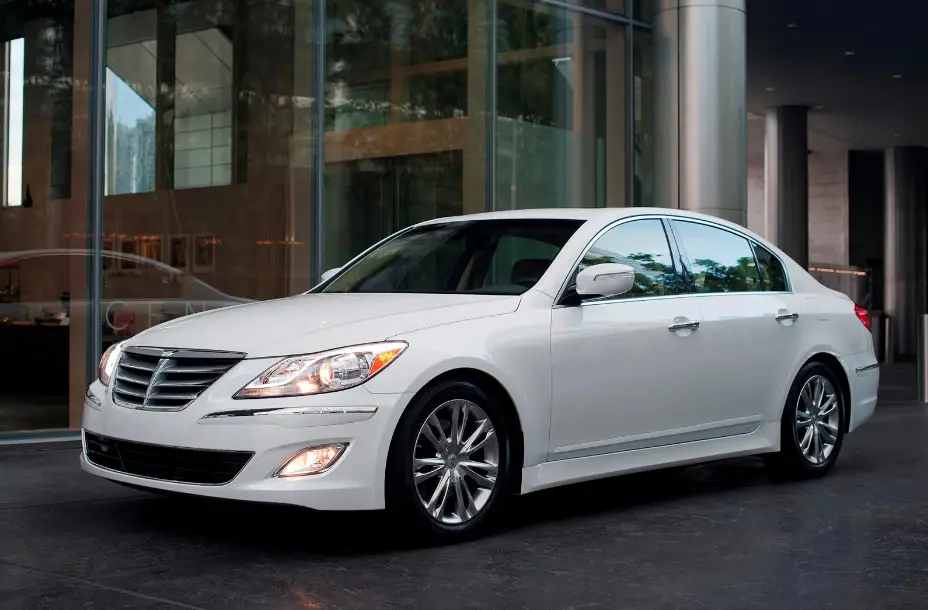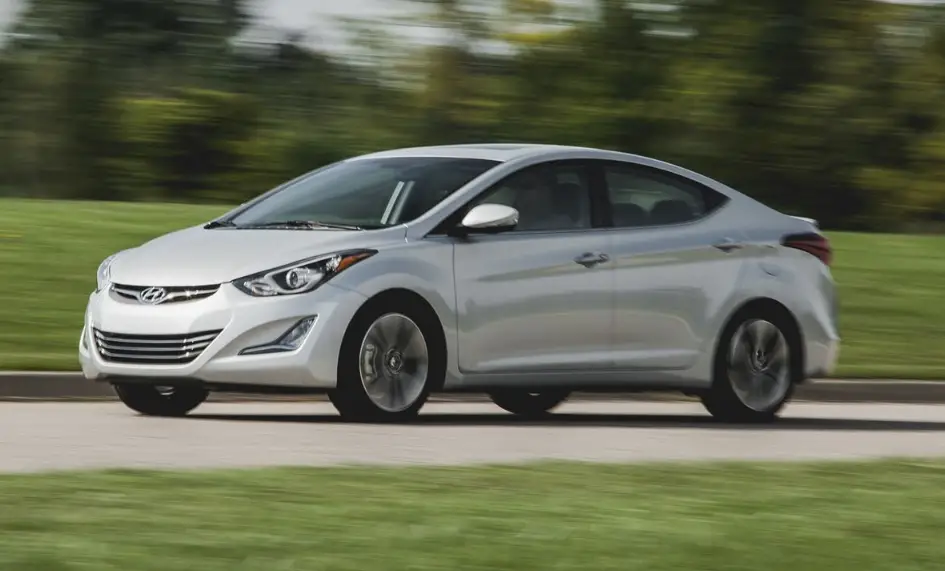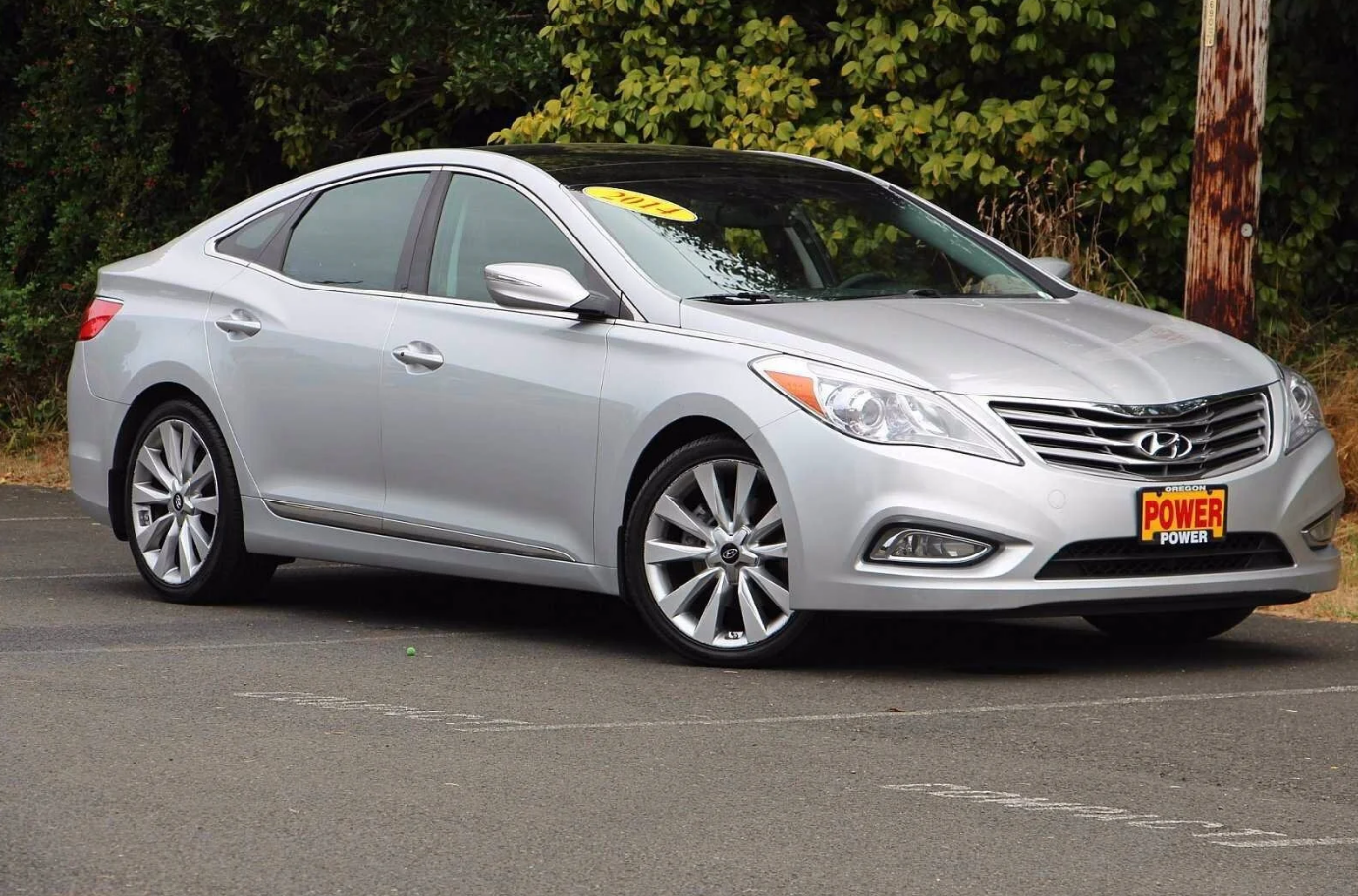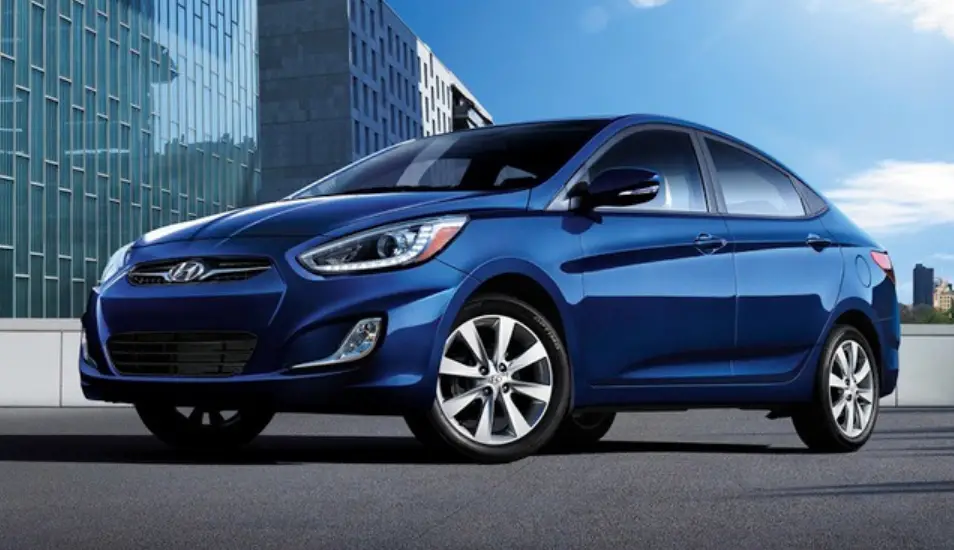Top 10 Best Selling HYUNDAI Cars In USA 2023 In this article, we will be discussing the top 10 best-selling HYUNDAI cars in the USA for the current year 2023. In the automobile industry, Hyundai has come to be associated with excellence, fashion, and cutting-edge technology. Hyundai provides a variety of vehicles made to meet […]


